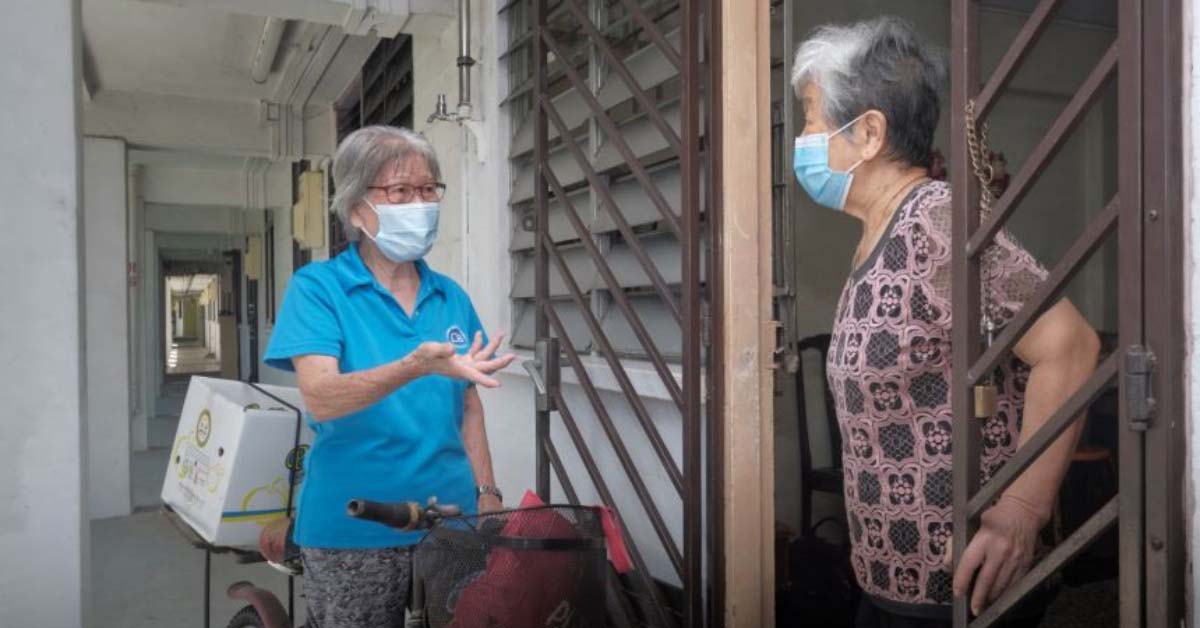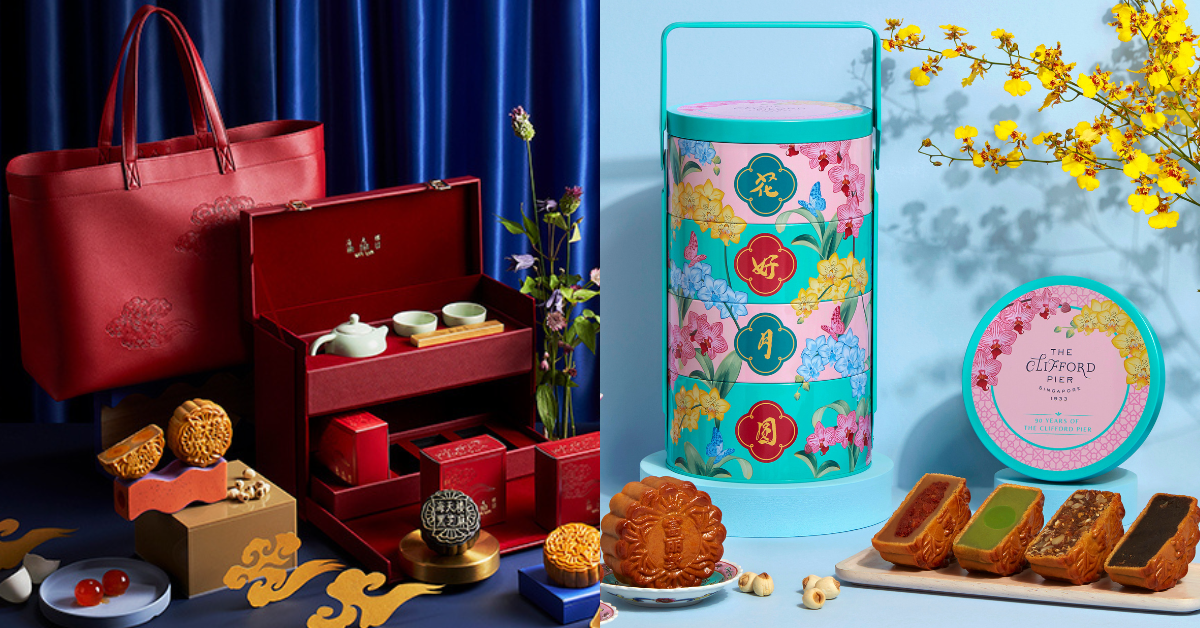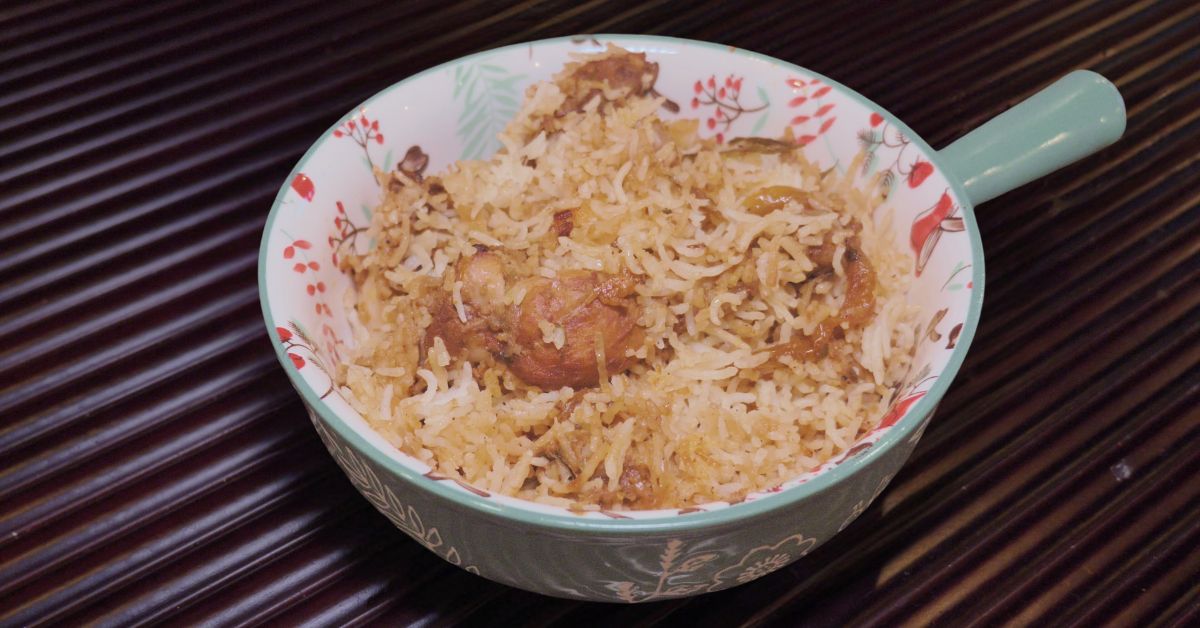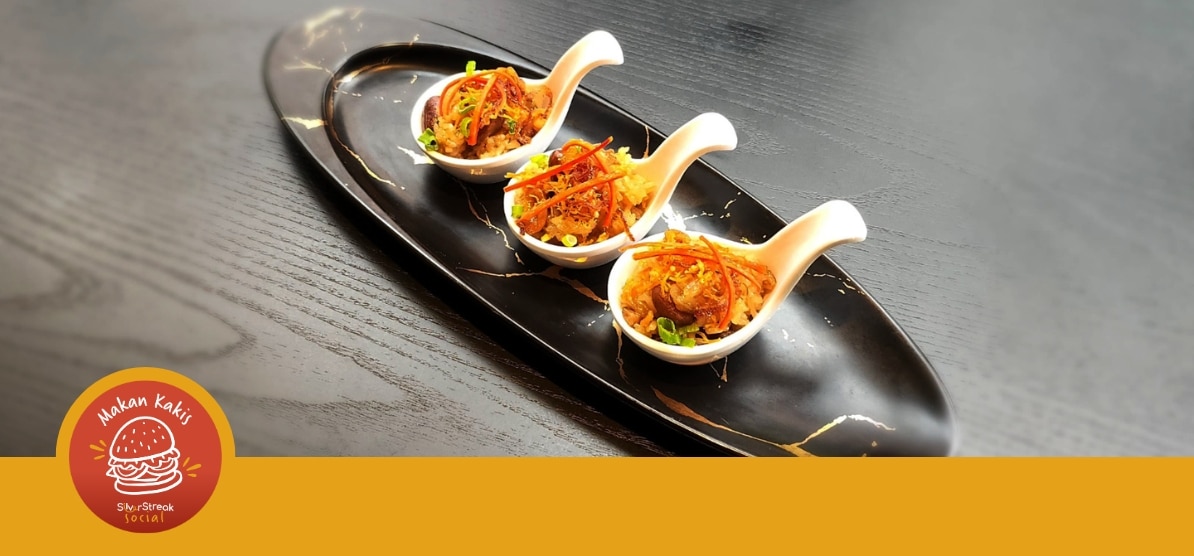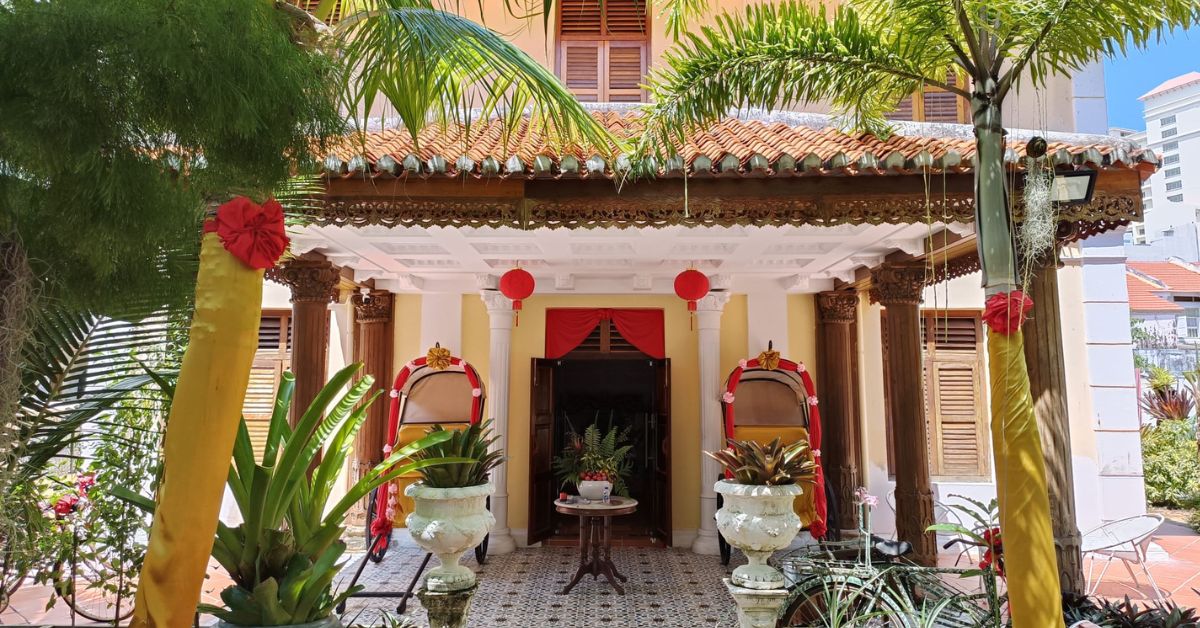
Penang is a very popular travel destination among Singaporeans. Some are attracted to the old-world charm of Georgetown, while others head to the beach resorts.
But for practically everyone, the delicious food would be high on the agenda. The recent fall in the RM (Ringgit Malaysia) has made Penang even more attractive.
Penang shares many similarities with Singapore.
An island off the mainland of Peninsular Malaysia, it was ‘founded’ by an Englishman, Francis Light, and subsequently ruled by the British as part of the Straits Settlements, along with Melaka and Singapore.
There is a sizeable Chinese population, including many Peranakans.
Advertisement
All these give a sense of familiarity, but there are differences of course.
For example, the Penang fried noodles delight, char kway teow is ‘white’, whereas CKT in Singapore is ‘brown’.
It is ‘assam’ laksa in Penang, with sourish notes, whereas Katong laksa here is ‘lemak’, as coconut milk is a key ingredient. (For more about street food in Penang)
Perhaps it is the ‘same same, but different’ quality that makes Penang such an interesting destination for Singaporeans. On my most recent visit, I decided that as a Peranakan, I should find out more about Penang Peranakan food.
But first, who are the Peranakans?
In the history textbooks, we learn that the Peranakans are the descendants of the early Chinese settlers in this region.
Over time, the males (Babas) and females (Nyonyas) developed a very refined culture and cuisine. Hence, many Singaporeans associate the term Peranakan with the Baba-Nyonya community.
The Peranakan Museum in Singapore, re-opened in early 2023 after an extensive revamp, recognises the diversity among the Peranakans. There are, for example, Peranakan Indians.
Even among the Chinese Peranakans, there are differences between the Babas and Nyonyas in Singapore and in Penang. Thus, Penang Peranakan will be used to refer to the latter.
Peranakan food in Penang
There are many places in Penang which claim to serve Peranakan food, with the usual suspects like nasi lemak (coconut rice), curry and kueh-mueh (cakes).
A few restaurants have given the cuisine a modern twist. After all, Peranakan food is fusion food, so why not update it further?
Auntie Gaik Lean
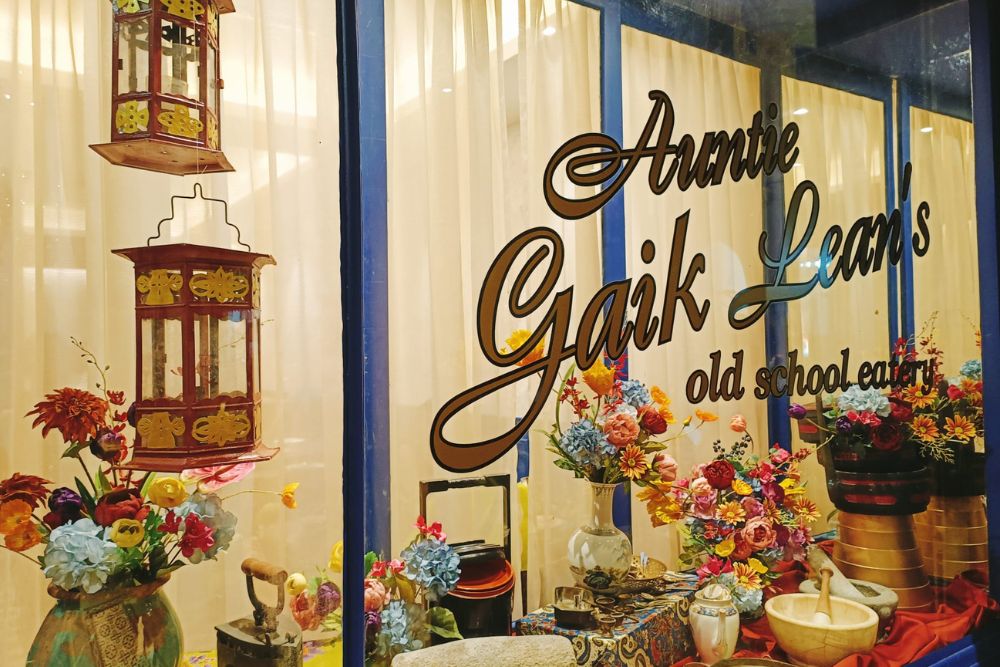
I have chosen to focus on one-star-Michelin Auntie Gaik Lean’s Old School Eatery, due to its traditional offerings.
When Auntie Gaik Lean opened in 2013, it was a simple set-up. Following the Michelin recognition, its décor underwent a transformation, spearheaded by a celebrated local design studio. The interior, according to Tatler, is now ‘a feast for the senses’.
Despite the upgrade, the eponymous chef presides over the kitchen, while her husband mans the cash counter, and their son oversees the staff.
I had been invited to join the family dinner of my Penang Peranakan friend, so as a mid-sized group, we could order a good selection of dishes.
To many Singaporeans, buah keluak (pangium edule) would be the quintessential Peranakan dish. A must during Chinese New Year and other festive occasions, ayam (chicken) or babi (pork) buah keluak can also now be found in the daily menu of many Peranakan restaurants in Singapore.
Singapore’s Peranakan traditions draw mainly from Melaka. Unlike the ‘southern’ Peranakans, the Penang Peranakans can be regarded as ‘northern’ Peranakans.
Indeed, the Penang Peranakans had strong links to the Peranakans in Phuket and other parts of Thailand, as well as Medan, and to a smaller extent, Yangon.
So do not look for buah keluak in Auntie Gaik Lean. I decided to check out the dishes which are distinctively Penang Peranakan, and difficult to get in Singapore.
Mains
Among the mains, three dishes stood out.
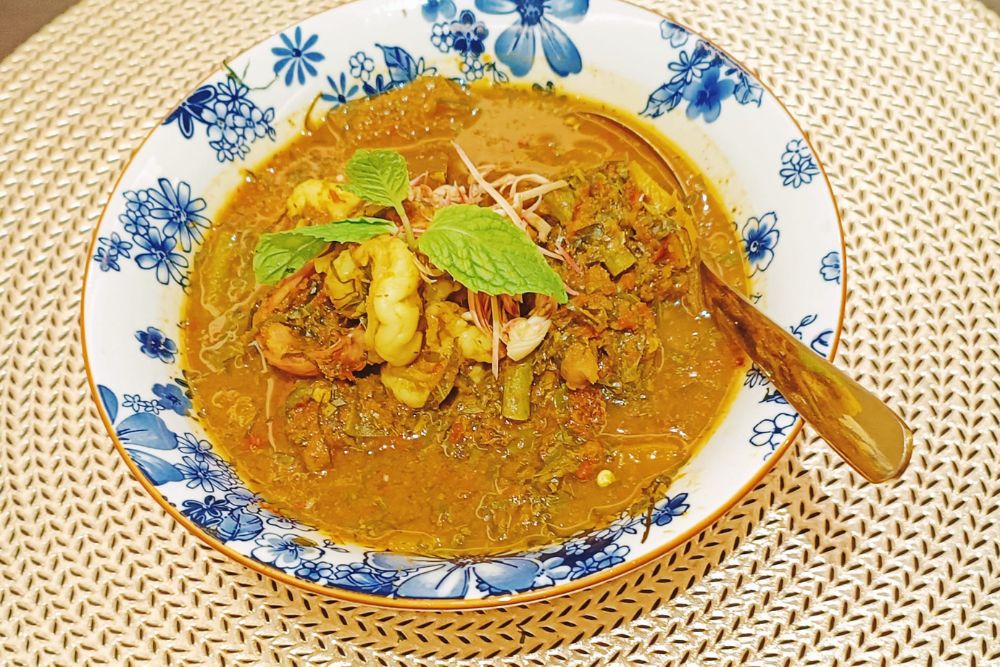
The Perut Ikan (RM 26) is one of its signature dishes. The pickled fish stomach curry is a typically Penang Peranakan dish, but the heady mix of spices and herbs can be an acquired taste.
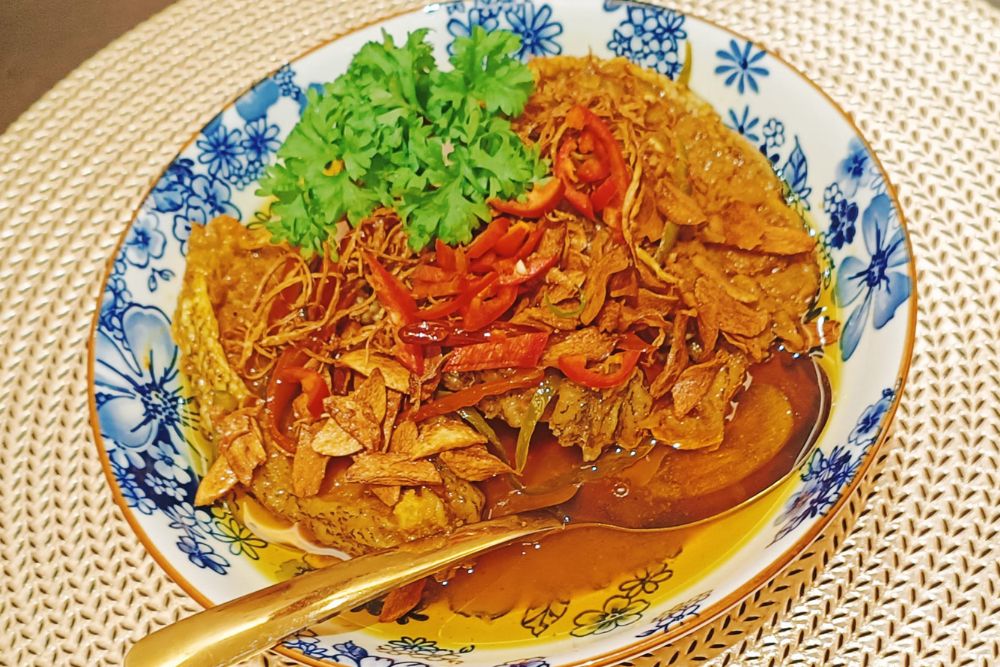
A safer option would the Achar Fish (Market price for grouper). The fish is fried and placed in achar gravy, topped with fried onions, fresh coriander leaves and slices of chilli.
Among the vegetable dishes would be all-time favourites like sambal kangkong (water spinach) and sambal petai – aka ‘smelly’ beans.
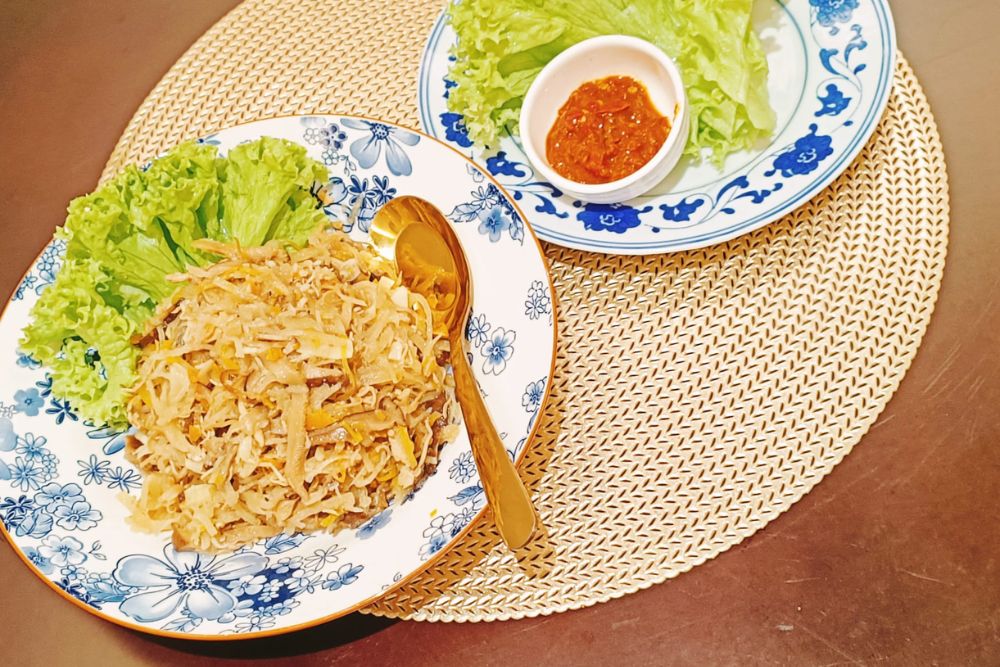
I got my group to get the Jiew Hui Char (RM32). The stir-fried jicama (turnip) reminds me of popiah filling, with the notable addition of cuttlefish, and served with lettuce and sambal balachan.
Rice
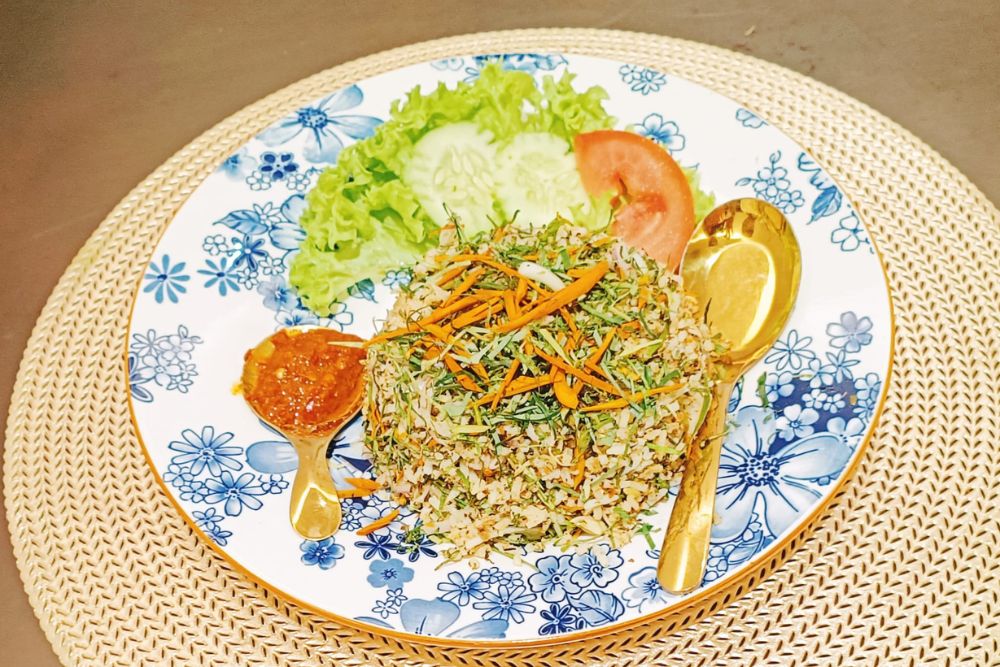
All the above dishes are best taken with white rice. However, if you are feeling adventurous, try Nasi Ulam (RM22).
Nasi is rice in Malay, while ulam refers to a salad made from a variety of fresh leaves, herbs and other vegetables, eaten either raw or lightly blanched.
It is now difficult to get the range needed, and time consuming to have them finely sliced (in the way insisted on by fastidious Peranakans – whether from Penang or Singapore).
To secure ingredients, Adrian Tan, son of Auntie Gaik Lean, is out marketing very early, from around 5am, and says that he has to go to a few markets, to get the complete set.
Desserts
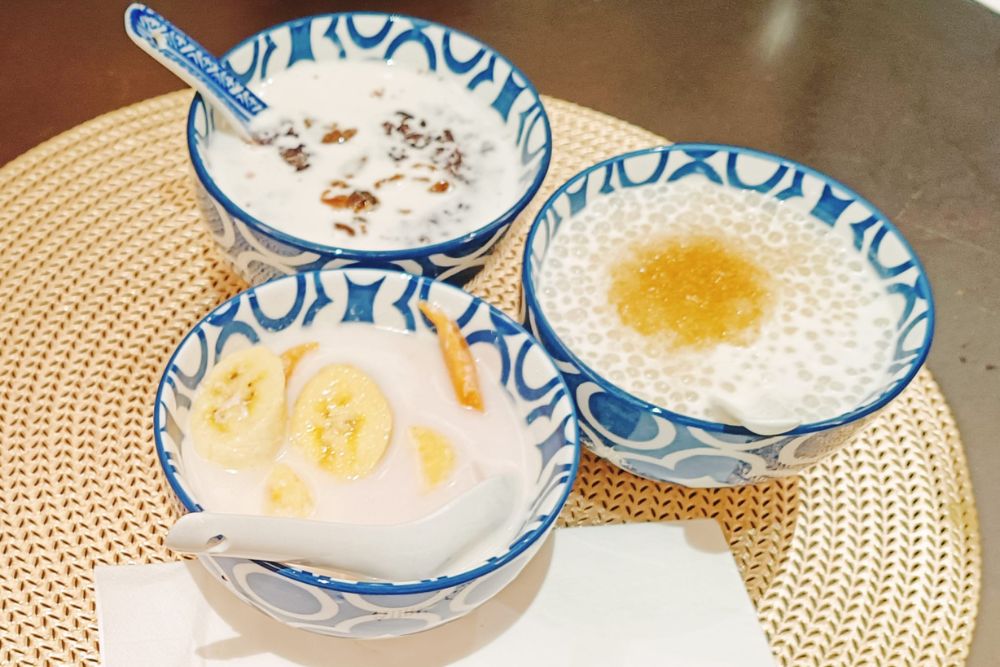
There are only three desserts on the menu – Sago pearls with Gula Melaka (RM10), black glutinous rice (RM10) and Pengat (RM12). All of them come with a generous amount of coconut milk.
Pengat, with sweet potatoes and yam, can be likened to Bubor Cha Cha, along with slices of banana. Southern Peranakan households also make pengat, but with Gula Melaka, commonly used in Nyonya kueh. On the other hand, Penang Peranakans hardly have this brown sugar in their desserts.
Auntie Gaik Lean offers heritage cuisine in an elegant setting. True to its name, it has an old-school menu. There are uniquely Penang Peranakan dishes, including hard-to-find ones, all nicely plated. Prices are higher compared to the average cost of meals in Penang, but it comes close to a fine dining experience.
Auntie Gaik Lean’s Old School Eatery
Location: 1 Lebuh Bishop, 10200, George Town, Penang, Malaysia.
Opening Hours: 12pm – 2:30pm, and 6 – 9:30pm, Wednesday to Sunday.
Tel: +60 17 434 4398
Reservations recommended.
Attractions
Among the historic buildings in Georgetown, the most ‘Peranakan’ would be the Pinang Peranakan Mansion. Once the home of a Chinese tycoon, it has been refurbished by Peter Soon and his dedicated team. It is now painted in an eye-catching green, and houses thousands of Peranakan antiques and collectibles.
The mansion was used in the filming of the very popular drama serial The Little Nyonya (2008). With its opulence, it was also in Hollywood’s Crazy Rich Asians (2018).
If you have visited the Pinang Peranakan Mansion, check out the George Town Mansion, which was opened in 2022. It is also set up by Peter, and displays more of his massive collection, including European furniture and Malay artefacts.
The ticket to the Pinang Peranakan Mansion (RM25) includes the George Town Mansion. Admission to George Town Mansion only is RM 10. Both museums are open daily, unless there are private events.
Pinang Peranakan Mansion
Location: 29 Church Street, 10200, Georgetown, Penang, Malaysia
Website: http://www.pinangperanakanmansion.com.my/
Accommodation
Many Peranakan-style buildings have now been converted into boutique hotels and even hostels. For an upmarket experience, consider staying in one the properties run by George Town Heritage and Hotels group.
The owner, Chris Ong, has re-created the grace and glamour of Peranakan houses in the 1920s, the golden age of the Baba-Nyonya community. Chris grew up in Penang, left to study and work overseas, and returned around the time when Georgetown and Melaka gained UNESCO World Heritage Status, in 2008.
He started buying shophouses and had them lovingly restored and lavishly furnished. The first purchase was his great grandfather’s garage, and is now Muntri Mews.
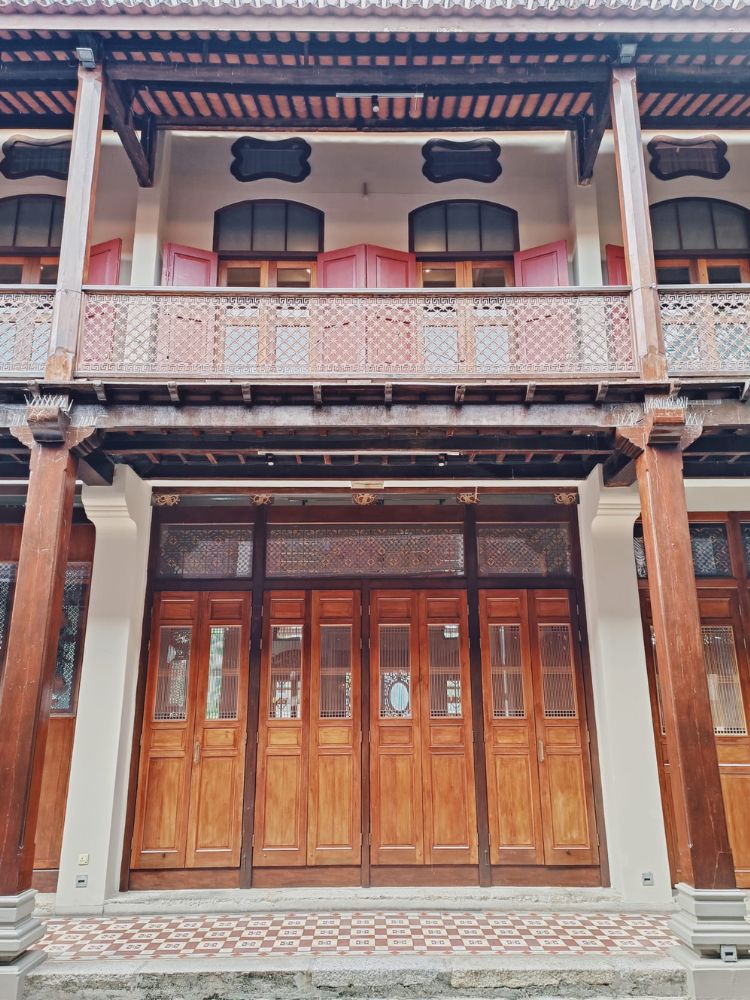
On display at Seven Terraces, the flagship property, is a collection of antique ‘kamchengs’. In Hokkien, the term kamcheng means a covered tea cup, but among the Straits Chinese, it refers to a covered pot, usually with metal handles on both sides.
The term kamcheng has also been likened to 感情 (gan qing), meaning sentiment, and associations of close bonds and relationships. Regardless of the etymology of the term, it is clear that Chris has built up what is likely to the largest such collection in the world.
Once a month, Chris hosts private dining at his residence.
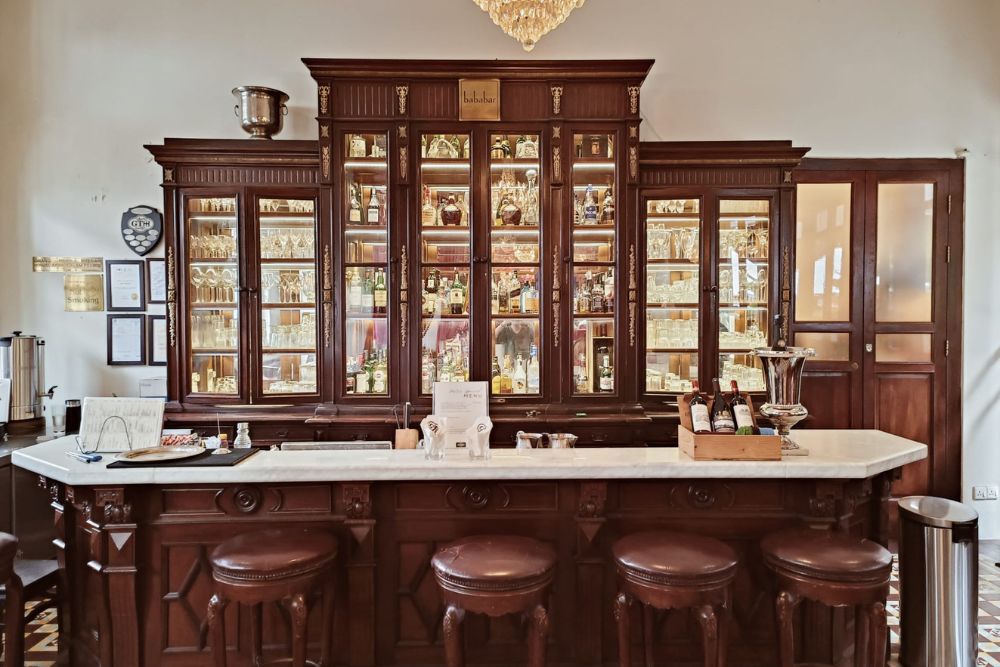
This is restricted to hotel guests only. If you are not staying in one of the hotels, or if your visit to Penang does not coincide with the dates for private dining, the Kebaya Room at Seven Terraces offers set dinners daily.
A two-course meal costs RM128+ per person, while a three-course meal costs RM158+ per person.
Seven Terraces
Location: 14A Stewart Lane, 10200 Georgetown, Penang, Malaysia
Website: https://www.georgetownheritage.com/seven-terraces-hotel/


